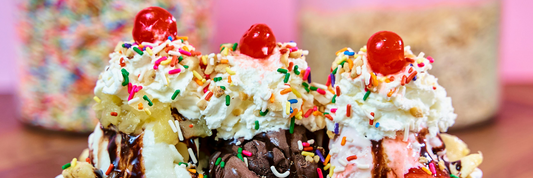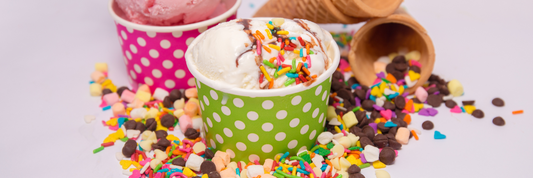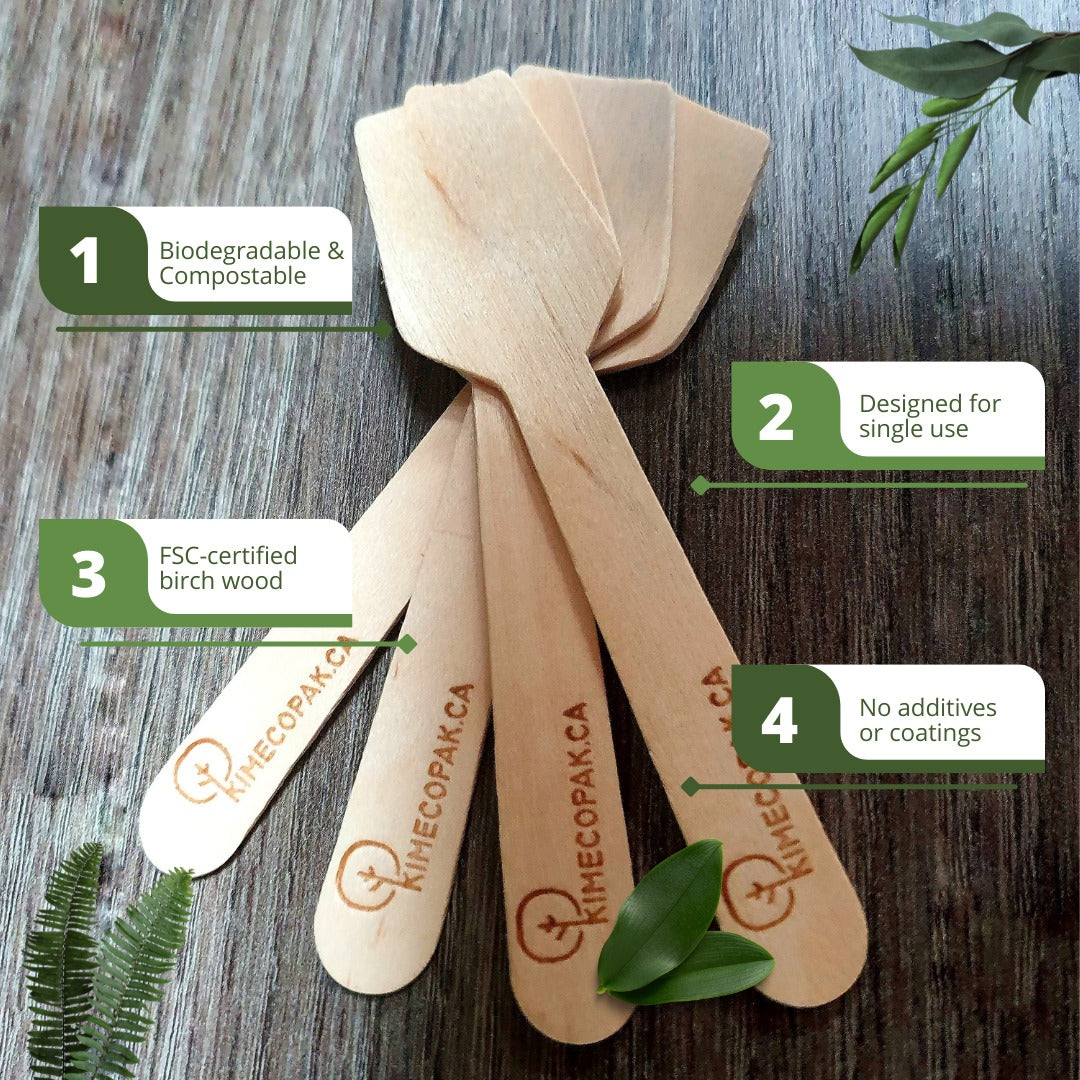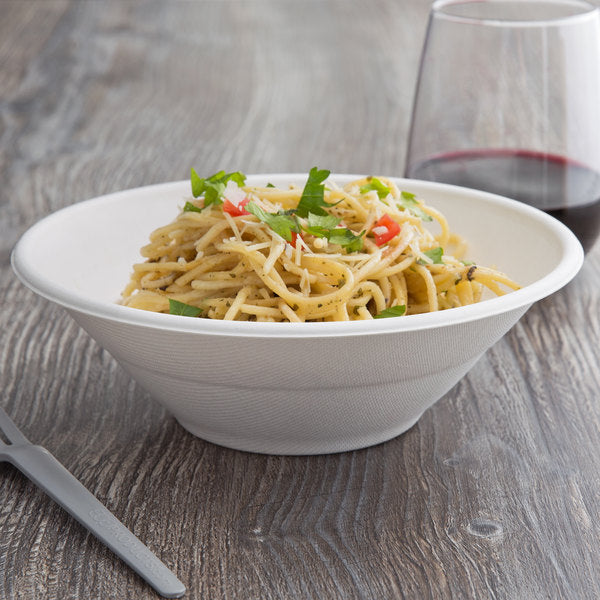The tea market is booming. To succeed, you need a deep understanding of tea varieties. This guide explores different types of tea, their characteristics, and consumer preferences. Whether you're opening a tea shop or launching a tea brand, this knowledge is essential for your business strategy.
- Types of Wine: Guide for Restaurant Owner
- Experience in designing tea packaging helps increase product brand value
- Types of Wine: Guide for Restaurant Owner
Main Types of Tea
All tea originates from the Camellia sinensis plant, but the diverse processing methods employed yield a vast array of flavors, aromas, and caffeine levels. These processing techniques, including withering, oxidation, and drying, fundamentally differentiate the primary categories of tea.
White Tea
Distinguished by its subtle, delicate character, white tea undergoes minimal processing. The young leaves and buds are carefully plucked and gently dried, preserving their natural sweetness and a wealth of antioxidants. This minimal intervention results in a tea that is often described as having a fresh, vegetal taste with subtle floral undertones. Popular varieties such as Silver Needle and White Peony are prized for their purity and elegance.

Green Tea
Known for its fresh, grassy, or vegetal taste, green tea is characterized by minimal oxidation. To prevent oxidation, the leaves are typically steamed, pan-fried, or air-dried shortly after plucking. This rapid processing helps preserve the tea's bright green color and vibrant flavor. Green tea offers a wide range of taste profiles, from the robust character of Japanese Matcha to the delicate sweetness of Chinese Longjing.

Oolong Tea
Oolong tea occupies a unique position between green and black tea in terms of oxidation level. The leaves undergo partial oxidation, resulting in a complex flavor profile that can range from floral and fruity to nutty and roasted. This versatility is a hallmark of oolong tea, allowing for a wide spectrum of taste experiences. Popular varieties like Tieguanyin and Da Hong Pao showcase the diverse character of this tea category.

Black Tea
With its bold, robust flavor, black tea is fully oxidized. The leaves are withered, rolled, fermented (or oxidized), and dried, transforming the tea's flavor profile significantly. This extensive processing develops the rich, malty, or sometimes smoky characteristics associated with black tea. From the classic English Breakfast to the smoky Assam, black tea offers a diverse range of options to suit various preferences.

Pu-erh Tea
A distinctive category, Pu-erh tea is known for its unique character and potential for aging. Produced primarily in Yunnan Province, China, Pu-erh undergoes a fermentation process that can be either accelerated (ripe Pu-erh) or natural (raw Pu-erh). This process imparts earthy, complex flavors that often evolve over time. Pu-erh is celebrated for its potential health benefits and its role in Chinese tea culture.

Other Tea Categories
Herbal Teas (Tisanes)
Unlike true teas, herbal teas, or tisanes, do not contain any leaves from the Camellia sinensis plant. Instead, they are infusions made from a variety of plants, including leaves, roots, berries, and spices. This category offers a vast array of flavors and potential health benefits.
Popular herbal teas include chamomile, known for its calming properties, and peppermint, often enjoyed for its digestive aid. Rooibos, a caffeine-free option from South Africa, is celebrated for its smooth, slightly sweet taste.
Flavored Teas
Flavored teas are created by infusing a base tea, typically black, green, or white, with natural or artificial flavors. This process adds a delightful twist to the traditional taste profile, incorporating the essence of fruits, flowers, or spices. Jasmine tea, for example, combines the delicate floral notes of jasmine with the base tea's character, while Earl Grey is renowned for its distinctive bergamot flavor.

Tea Brewing and Serving
After knowing different types of tea, now explore with us how to brew the perfect cup of tea, that equires understanding the nuances of different tea varieties. They are explained below:
Basic Brewing Methods (Steeping, Infusing)
The art of brewing tea involves extracting the desired flavors and compounds from the tea leaves. Two primary methods are commonly used:
- Steeping: This method involves placing loose leaf tea in a teapot or infuser and pouring hot water over it. The tea leaves are allowed to steep for a specific time, releasing their flavors into the water.
- Infusing: Similar to steeping, infusing involves immersing tea bags or loose leaf tea in hot water. However, infusing often implies a shorter steeping time for a milder flavor.
Water Quality and Temperature
The quality of water significantly impacts the taste of your tea. Using filtered or purified water is generally recommended to remove impurities. Additionally, the water temperature plays a crucial role in extracting the optimal flavors from different tea types. For instance, delicate white and green teas require lower temperatures, while black and oolong teas can withstand higher temperatures.
|
Type of Tea |
Water Temp. |
Amount/ 8 oz. Water (Hot) |
Amount/ 8 oz. Water (Iced) |
Minutes to Steep |
|
Black Tea |
195 - 205 F |
1 - 1 1/2 tsp |
2 - 3 tsp |
2 - 3 minutes |
|
Green Tea |
175 F |
1 - 1 1/2 tsp |
2 - 3 tsp |
45 sec - 1 minute |
|
Flavored Green Tea |
175 F |
1 - 1 1/2 tsp |
2 - 3 tsp |
2 minutes |
|
Herbal Tea / Infusions |
208 F |
1 1/2 - 2 tsp |
3 - 4 tsp |
5 - 6 min hot, 8 - 15 min iced |
|
Mate Tea |
208 F |
1 1/2 - 2 tsp |
3 - 4 tsp |
5 - 6 min hot, 8 - 15 min iced |
|
Rooibos Tea |
208 F |
1 1/2 - 2 tsp |
3 - 4 tsp |
5 - 6 min hot, 8 - 15 min iced |
|
Oolong Tea |
195 F |
1 - 1 1/2 tsp |
2 - 3 tsp |
3 minutes |
|
White Tea |
175 F |
1 - 2 tsp |
2 - 4 tsp |
4 - 5 minutes |
|
Flavored White Tea |
175 F |
1 1/2 - 2 tsp |
3 - 4 tsp |
2 minutes |
Teaware and Accessories
A wide range of teaware is available, from simple mugs to elaborate tea sets. Common accessories include teapots, teacups, infusers, and tea strainers. The choice of teaware can influence the brewing process and the overall tea-drinking experience.
Tea Etiquette and Culture
Tea has a rich cultural heritage, and specific etiquette and rituals surround its consumption. From the preparation of the tea to the way it is served and enjoyed, tea culture varies across different regions. Understanding these cultural nuances can enhance your appreciation for tea and create a memorable experience for your customers.
Conclusion
Understanding the vast world types of tea is crucial for a successful tea business. From delicate white teas to robust blacks, each variety offers unique flavors and consumer preferences. By mastering brewing techniques, appreciating tea culture, and continuously exploring new varieties, you can build a thriving business that captivates tea enthusiasts.







